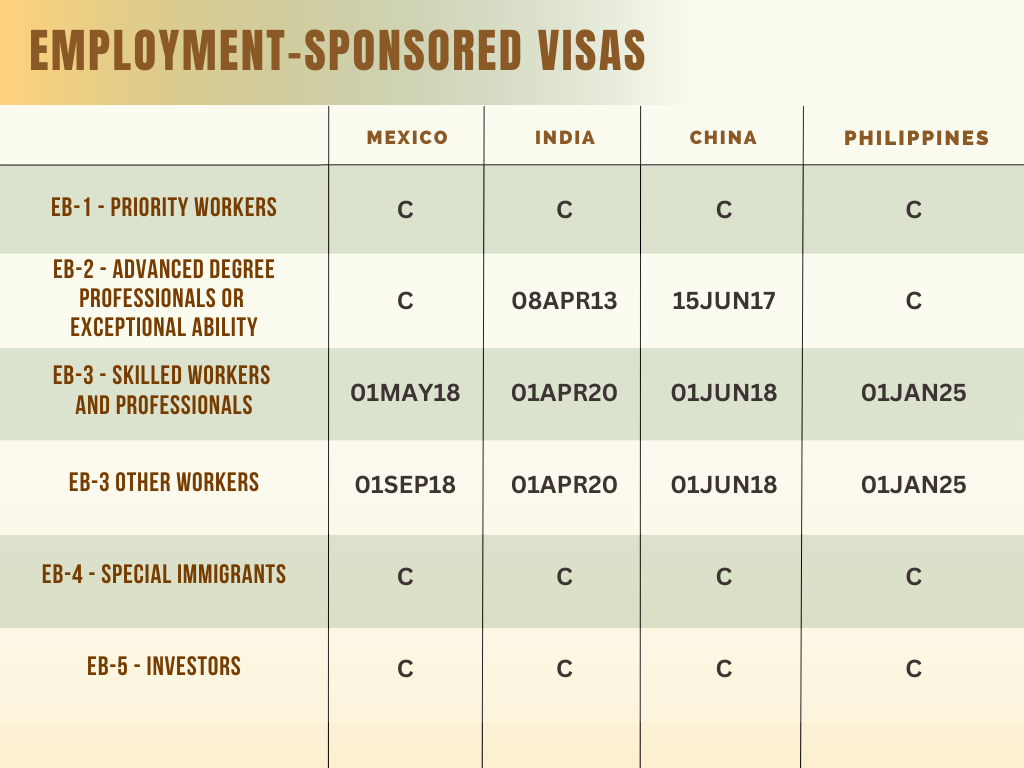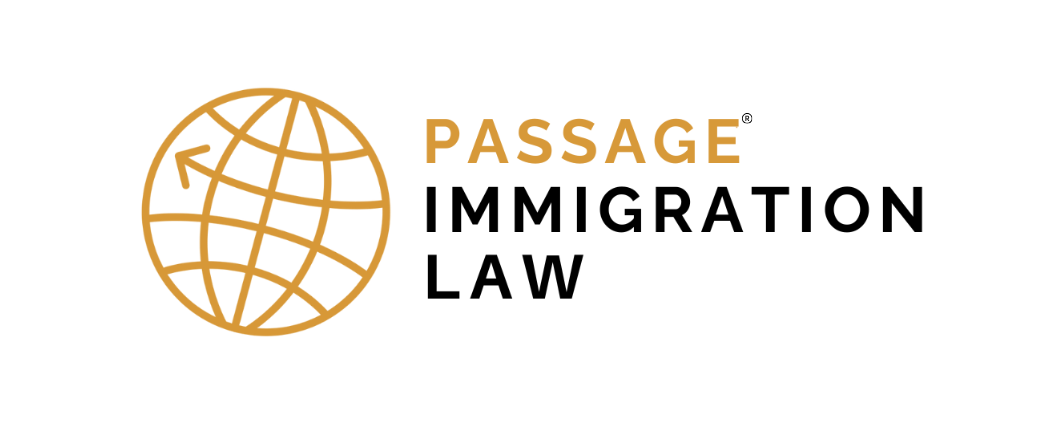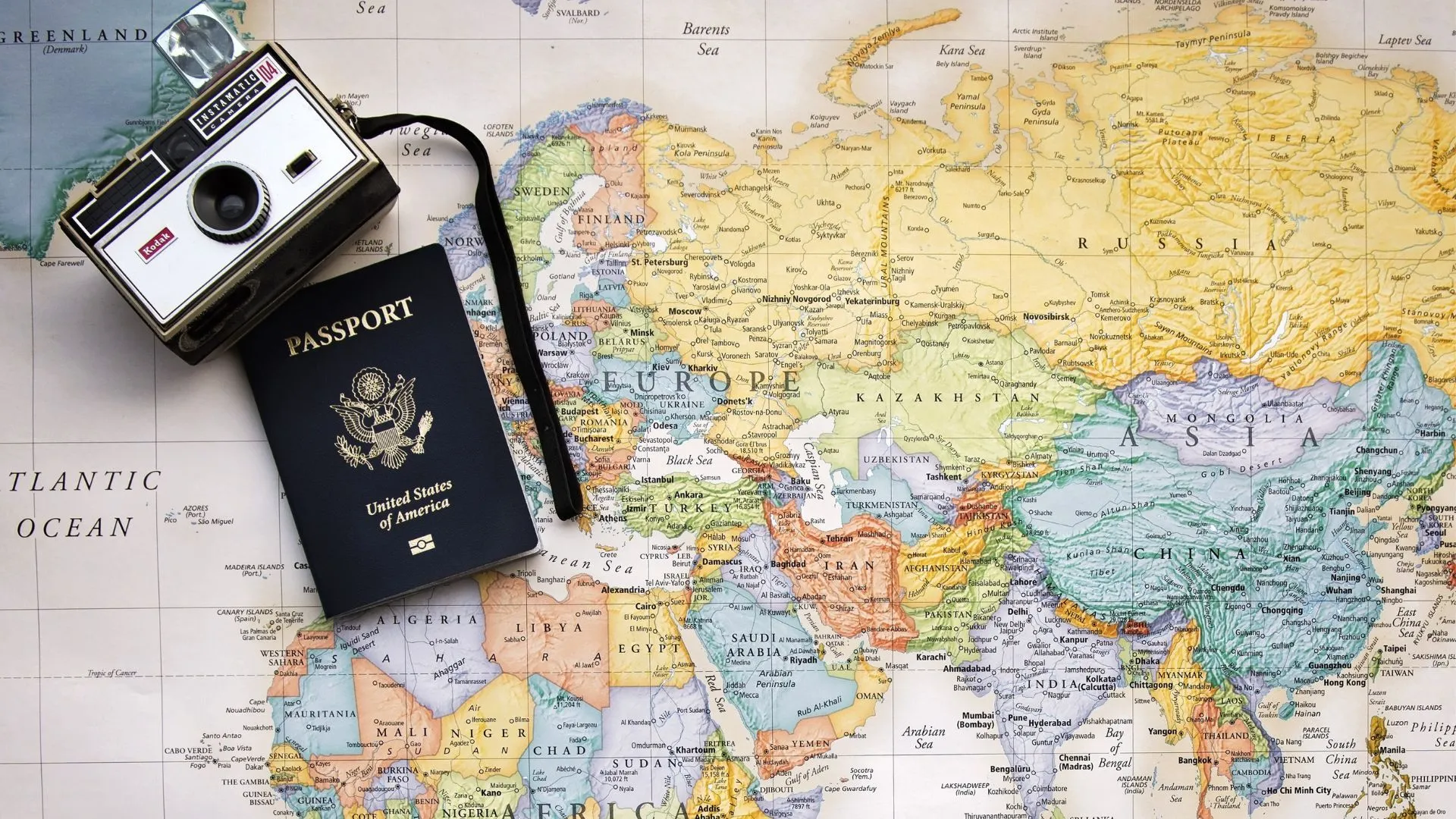The United States has a complex and restrictive immigration system, so it can be difficult to immigrate to the United States from any country. However, some countries have special agreements with the United States that make it easier for their citizens to enter the country.
For example, citizens of Canada and Mexico are eligible for special visas under the North American Free Trade Agreement (NAFTA), which allows certain professionals to work in the United States. Additionally, citizens of some countries are eligible to participate in the Diversity Visa Program, which provides a limited number of visas to individuals from countries with low rates of immigration to the United States.
It’s important to note that the process of immigrating to the United States is still difficult and can take many years, even for individuals from countries with special agreements or programs. The requirements for each visa category are complex and can vary depending on the individual’s circumstances.
Visa Wait Times
Wait times for immigration to the United States can vary significantly based on a variety of factors, such as the specific type of visa or immigration category, the country of origin of the applicant, and the current backlog of applications. As a result, it can be difficult to provide a comprehensive table of wait times for all countries and categories of immigrants.
However, the U.S. Department of State releases a monthly Visa Bulletin that provides information on the availability of immigrant visas for the upcoming month, including the priority dates for each category of visa and the countries that are experiencing backlogs. This information can give an indication of the current wait times for immigration to the United States from different countries.
The Visa Bulletin is divided into two main categories: family-sponsored visas and employment-based visas. Within each category, there are several subcategories based on the relationship between the petitioner and beneficiary, the level of education and work experience of the beneficiary, and other factors. Here is an example of the Visa Bulletin for March 2023 for some selected countries and visa categories:
Family-sponsored Visas

Employment-based Visas

In this table, “C” means that there is currently no backlog for that visa category and country, while a specific date indicates that applications with a priority date earlier than that date are currently being processed. It’s important to note that these dates can change from month to month based on a variety of factors, so it’s always a good idea to consult the most recent Visa Bulletin and to speak with an immigration attorney for more detailed information about specific cases.







